in-store offers
Fopp’s Guide To
Grateful Dead live
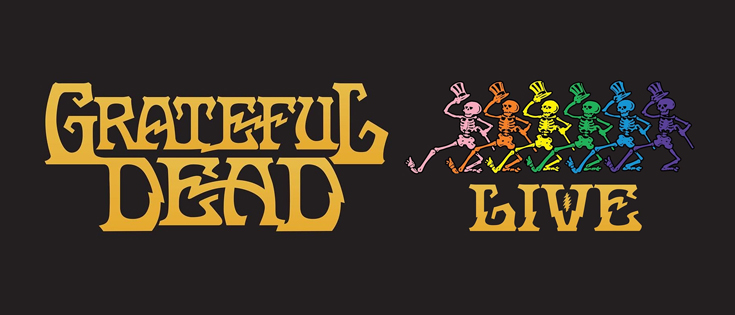
Several bands boast extensive back catalogues that can intimidate even the most seasoned music enthusiasts. Grateful Dead, in particular, epitomise this notion with an overwhelming abundance of recorded music. For any aspiring Deadhead, the prospect of investing countless hours to grasp the essence of their discography can be daunting. However, seasoned fans will fervently argue that it’s in the live recordings where the true magic of the Grateful Dead comes to life. We’re here to guide you through five albums that provide a perfect initiation into the enchanting world of Grateful Dead music.
Grateful Dead’s live albums stand as sonic monuments, encapsulating the essence of the band’s improvisational prowess and unique musical journey. The Dead’s studio recordings were often just a launching pad for their live performances, where they truly came alive. These live renditions are not just auditory artefacts; they are the very essence of the Grateful Dead’s ethos, they became integral to the band’s identity, serving as a testament to their commitment to spontaneity and musical exploration.
Central to the Grateful Dead live experience is the vibrant tape-trading culture that flourished at their live performances. Fans, known as Deadheads, embraced the opportunity to record the group live, contributing to an extensive archive of bootleg recordings. This grassroots taping movement not only allowed fans to relive cherished moments but also fostered a sense of community and camaraderie. The band, recognising the significance of this cultural phenomenon, later released official live albums like the iconic Dick’s Picks series, curated from the extensive tape vaults.
The profound impact of these albums on the band’s legacy underscores the importance of their live performances in shaping the Grateful Dead phenomenon, so join us as we run through five of our favourite Grateful Dead live albums…
 Live/Dead
Live/Dead
Grateful Dead’s Live/Dead, dropped in ’69, is an absolute triumph, a live performance manifesto showcasing the band’s virtuosity and improvisational genius. Commencing with the expansive journey of Dark Star, a 23-minute odyssey, this rendition of Dark Star is hailed by fans as the pre-eminent version. Tracks like St. Stephen and The Eleven exemplify the group’s tight, intricate musical synergy, effortlessly navigating complex time signatures. It’s worth nothing that The Eleven was played live on just a few occasions due to the extreme complexity of the music and the sheer physical endurance it takes to perform. Also worth a mention is the blues-infused Turn On Your Love Light featuring the soulful vocals of Ron “Pigpen” McKernan, it adds a charismatic touch.
With Live/Dead, the band aimed to deliver a recording that authentically captured their live performances and highlighted their true musicianship, moving away from the studio experimentation of prior albums. Owsley “Bear” Stanley, the band’s soundman, collaborated with electronics designer Ron Wickersham to develop a microphone splitter that seamlessly fed into both the PA and the record inputs, ensuring uncompromised audio quality. This ground breaking live recording utilised an Ampex 16-track machine, marking the band as pioneers—the first in history to achieve a live sixteen-track recording.
Included on Rolling Stone’s 500 greatest albums of all time and renowned rock critic Colin Larkin’s all time top 1000 albums, this recording is a immersive expedition, transporting listeners to the core of the Dead’s transformative performances.
 Cornell 5/8/77
Cornell 5/8/77
Live at Cornell 5/8/77 stands as a fan favourite in the Grateful Dead’s vast live repertoire, capturing a mythical performance at Cornell University’s Barton Hall. Revered by Deadheads as simply Cornell, the live recording eternally preserves the enchantment of that night. Unveiled in 2017, the record boasts a setlist exemplifying the Grateful Dead’s multifaceted prowess and improvisational brilliance.
The dynamic rendition of Scarlet Begonias seamlessly segueing into Fire on the Mountain serves as a prime illustration of their musical alchemy. Jerry Garcia’s poignant guitar work and the band’s seamless interplay permeate the entire performance, with the percussive groove of Fire on the Mountain brought alive by drummers Bill Kreutzmann and Mickey Hart.
The Cornell show is lauded not only for its musical brilliance but also for the electric communion between the band and its audience. The tangible synergy resonates in the thunderous applause and cheers that punctuate the tracks, forging a symbiotic relationship between the musicians and their ardent fans.
Cornell transcends the mere status of an album; it functions as a time capsule, preserving a moment of the Grateful Dead’s improvisational wizardry. This release invites listeners to relive the enchantment of a singular night in the band’s illustrious history, and continues to enthral audiences and solidify the Grateful Dead’s legacy as trailblazers.
 Europe ’72
Europe ’72
Europe ’72 chronicles the band’s journey throughout Europe in 1972, the first time they had visited the continent. Unleashed later that same year, this triple LP stands as a testament to the extraordinary sonic terrains they traversed during that tour. The album marked a pivotal moment in the Grateful Dead’s line up, introducing pianist Keith Godchaux and vocalist Donna Jean Godchaux. Notably, it also served as the swan song for founding member Ron “Pigpen” McKernan, who tragically passed away shortly after the album’s release. The addition of the Godchaux duo brought a new musical dimension, while the album simultaneously bids farewell to an original member, underscoring the bittersweet nature of this chapter in the band’s history.
As the band’s popularity soared and they transitioned to larger venues for this tour, the entourage expanded to include additional road crew, administrative staff, friends, and relatives. This extended group, totalling 43 individuals, affectionately became known as the Grateful Dead Family.
Other noteworthy quirks on this album include the fact that, despite being labelled as a live recording, the songs underwent various studio overdubs, particularly in the vocal department. It’s interesting to point out that several tracks featuring Jerry Garcia on lead vocals were pitched sharp, sometimes by as much as a half-step. Bob Weir later revealed that the decision to include overdubs was a collaborative choice between the band and the record company, with both parties satisfied in enhancing the album’s polish before its release.
 Sunshine Daydream – Veneta, 8/27/72
Sunshine Daydream – Veneta, 8/27/72
Sunshine Daydream in Veneta, OR, 8/27/72 captures an extraordinary moment in the Grateful Dead’s history, showcasing a legendary performance at the Old Renaissance Faire Grounds. A concert film as well as a live album, and recorded during a benefit concert for the Springfield Creamery, a local dairy farm. It’s fitting that the band, synonymous with the Haight-Ashbury scene, found themselves raising funds for organic, pro-biotic goodness in the form of a dairy farm.
The setlist unfolds with standout performances like the sprawling Bird Song and a fantastic performance of the traditional blues song I Know You Rider, a fixture in their live repertoire since the band’s inception in 1965, this song quickly evolved into a connected piece with China Cat Sunflower, forging a bridge from their psychedelic music to their more traditional country and folk side.
The ambient sounds of the outdoor venue, including chirping crickets and the occasional passing train, become integral parts of the listening experience, adding a unique layer to the live recording. Beyond the music, the album captures the vibrant countercultural spirit of the early ’70s, with its communal atmosphere and the Dead’s connection with their dedicated fanbase.
So if you’re looking for an album where the Grateful Dead’s musical virtuosity meets the spirit of a generation, creating a timeless piece that resonates with the ethos of community, counterculture, and the enduring legacy of one of the greatest live bands in history, then this is the one for you.
 Grateful Dead ( Skull & Roses)
Grateful Dead ( Skull & Roses)
Released in 1971, the Grateful Dead’s eponymous live album, lovingly dubbed Skull & Roses by fans due to its iconic artwork, is a timeless addition to the band’s live discography. This double LP seamlessly blends original compositions and covers, encapsulating the diverse essence of their sound. From the blues-tinged Big Boss Man to the country-inspired Me and My Uncle.
Crafted by Alton Kelly and Stanley Mouse, the album’s cover art draws inspiration from an illustration by Edmund Joseph Sullivan found in an older edition of the Rubaiyat of Omar Khayyam, a collection of Persian quatrains expressing philosophical reflections on life, love, and the transient nature of existence.
Within the gatefold of the original LP, the band directly reached out to their growing fan base, the many enthusiasts attending consecutive concerts and meticulously collecting live audio tapes from each show. It read as follows;
Dead Freaks Unite: Who are you? Where are you? How are you?
Send us your name and address and we’ll keep you informed.
Dead Heads, P.O. Box 1065, San Rafael, California 94901.

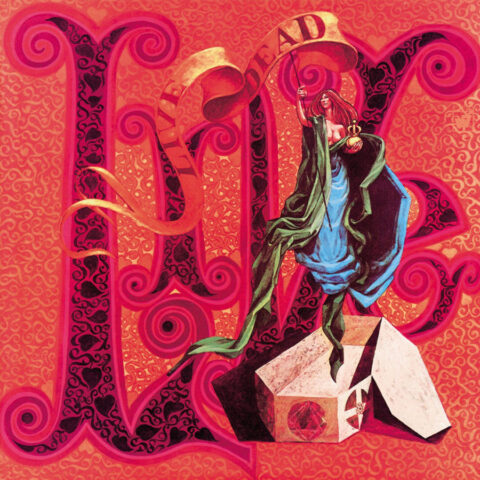 Live/Dead
Live/Dead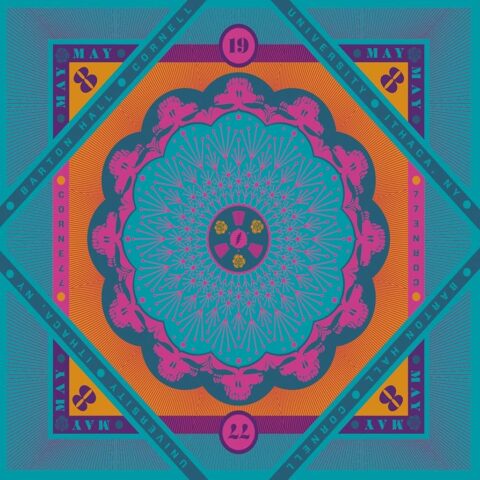 Cornell 5/8/77
Cornell 5/8/77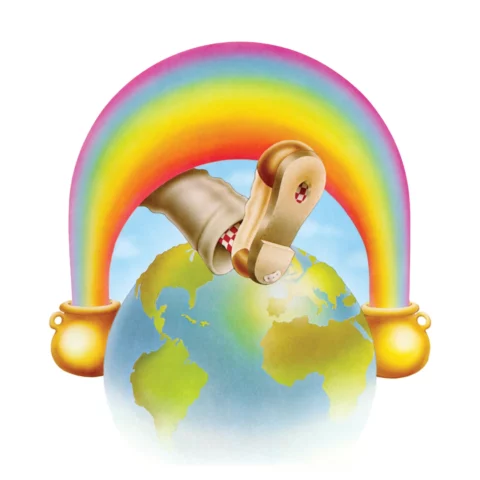 Europe ’72
Europe ’72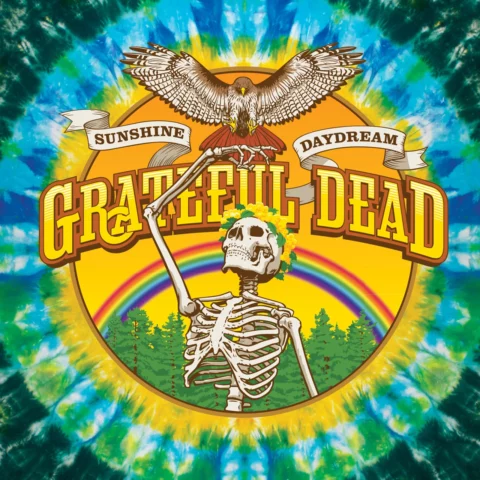 Sunshine Daydream – Veneta, 8/27/72
Sunshine Daydream – Veneta, 8/27/72 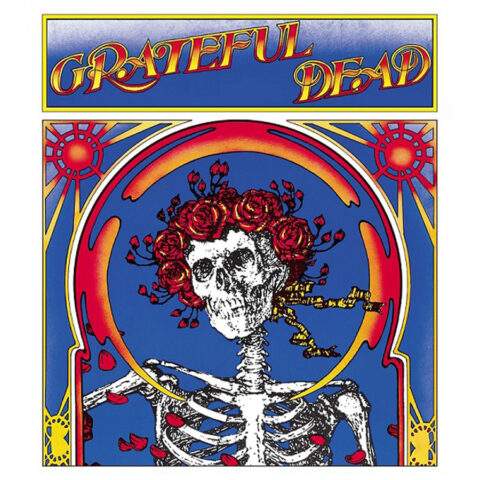 Grateful Dead ( Skull & Roses)
Grateful Dead ( Skull & Roses)